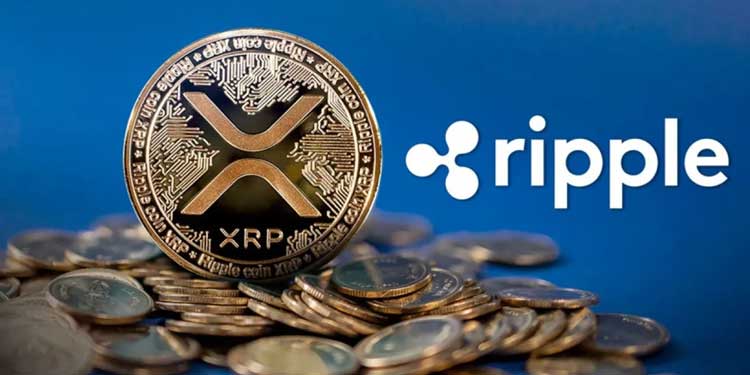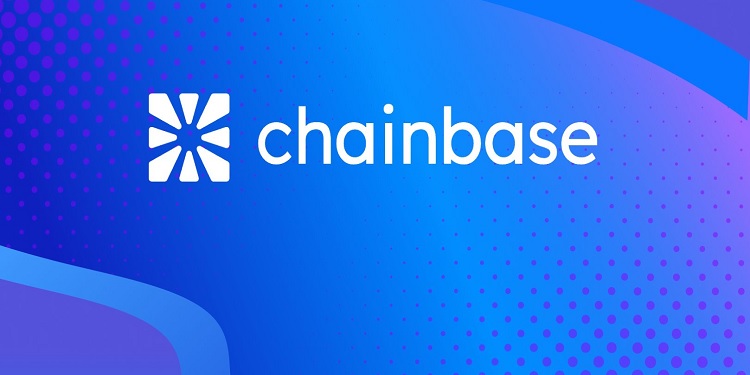As cryptocurrency users increasingly adopt spending habits similar to those of traditional payment cardholders, the global market for crypto cards is projected to reach USD 220.46 billion by 2033. The growing integration of digital assets into everyday transactions indicates a significant shift toward mainstream adoption.
By 2026, nearly 20% of cryptocurrency holders are expected to use their assets for payments, marking an increase from 14.2% in 2024. This trend suggests a rising preference for real-world applications of digital currencies. With over 560 million people worldwide projected to own cryptocurrencies by 2025, the demand for crypto payment solutions is expected to expand substantially.
WhiteBIT, recognized as the largest European cryptocurrency exchange based on traffic, has reported more than 1 million transactions through its newly introduced Visa-enabled crypto payment card, WhiteBIT Nova. This milestone underscores the increasing role of digital currencies in everyday spending.
Industry experts have highlighted the growing significance of crypto cards within the financial ecosystem, with over 70 platforms already issuing cards through Visa. Consumer interest in maximizing the utility of cryptocurrencies for real-world purchases has continued to rise, demonstrating a shift toward broader acceptance.
The Rapid Growth of Crypto Cards
While traditional debit and credit card transactions still dominate financial markets, crypto cards are emerging as strong competitors. They offer distinct advantages such as enhanced privacy, seamless cross-border transactions, and cryptocurrency-based rewards. The global crypto credit card market, valued at USD 1.3 billion in 2024, is anticipated to experience significant growth, reaching USD 220.46 billion by 2033 at a compound annual growth rate (CAGR) of 8.6%.
A key feature of crypto cards is their ability to convert digital assets into fiat currency at the point of sale, making them a practical solution for everyday expenditures. A survey conducted by Visa, in collaboration with Brewan Howard and Castle Island Ventures, revealed that the most popular non-trading uses of cryptocurrencies include currency conversion, payments for goods and services, remittances, and salary transactions.
According to WhiteBIT’s recent data, spending patterns of crypto card users closely resemble those of traditional cardholders. Transactions commonly involve daily essentials, entertainment, and luxury goods, demonstrating a shift in consumer behavior toward digital asset spending.
Popular Cryptocurrencies and Retailers in Crypto Transactions
Among the most widely used cryptocurrencies for spending, USDC, Bitcoin (BTC), Ethereum (ETH), and WhiteBIT Coin (WBT) have dominated transactions. Owners of the WhiteBIT Nova card have been utilizing their crypto balances to make purchases from well-known brands such as Spotify, YouTube, Booking, KFC, Ryanair, Farfetch, and PlayStation. Luxury brands have also witnessed significant activity, with Cartier, Balenciaga, Gucci, Dior, and Louis Vuitton processing over 5,000 transactions.
The most common spending categories include groceries, dining, and subscription services, highlighting a preference for everyday purchases.
Crypto Cashback Incentives Drive Adoption
Consumer interest in cashback rewards remains strong, with crypto-based cashback emerging as a key incentive for WhiteBIT Nova card users. The most popular categories for earning cashback benefits include:
Essentials: Groceries (22.8%), dining (20.4%), and subscriptions (14.1%).
Leisure and Entertainment: Taxi services (10.7%), entertainment (8.2%), and gaming (7.3%).
Travel and Lifestyle: Automotive expenses (4.9%) and airline bookings (4.2%).
Wellness and Daily Needs: Pet-related purchases (3.9%) and medical expenses (3.5%).
BTC and WBT remain the most preferred options for receiving cashback rewards, with a growing number of users favoring WBT.
The Shift to Virtual Crypto Cards
Reflecting broader trends in digital payments, an overwhelming 88.52% of WhiteBIT Nova card users have opted for virtual cards, while only 11.48% have chosen physical versions. This aligns with global projections indicating that digital wallet users will increase by 53% from 2022 levels, reaching 5.2 billion—over 60% of the global population—by 2026.
The rapid rise of crypto cards such as WhiteBIT Nova demonstrates how blockchain technology is gradually integrating into traditional finance. With over a million transactions processed, the WhiteBIT Nova card has proven that digital assets are not limited to trading but can be seamlessly used for everyday consumer spending.









